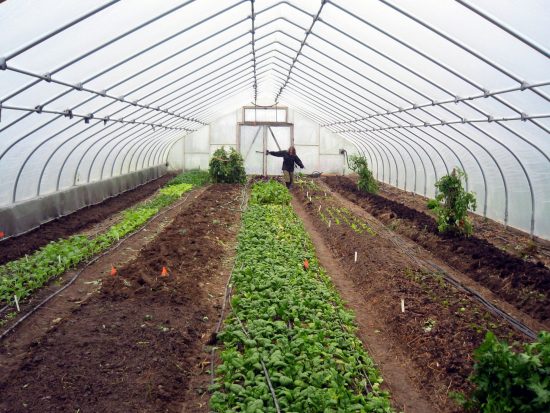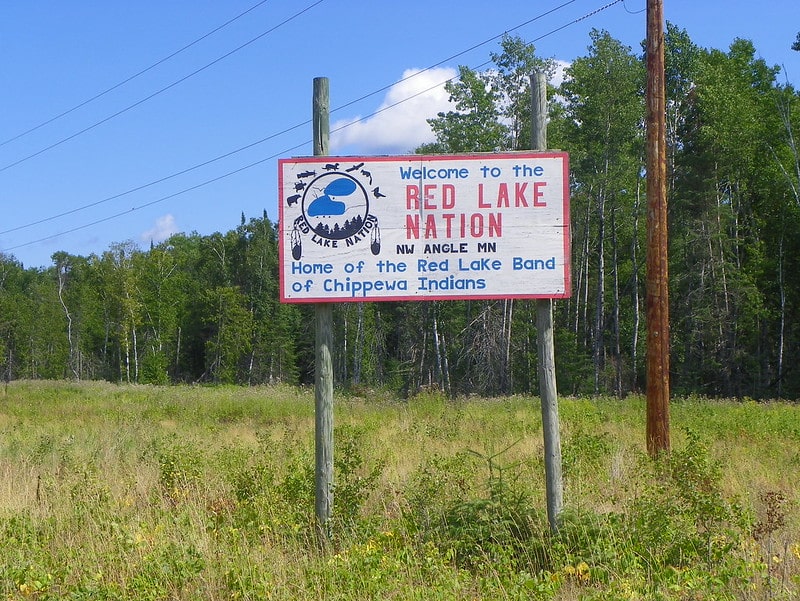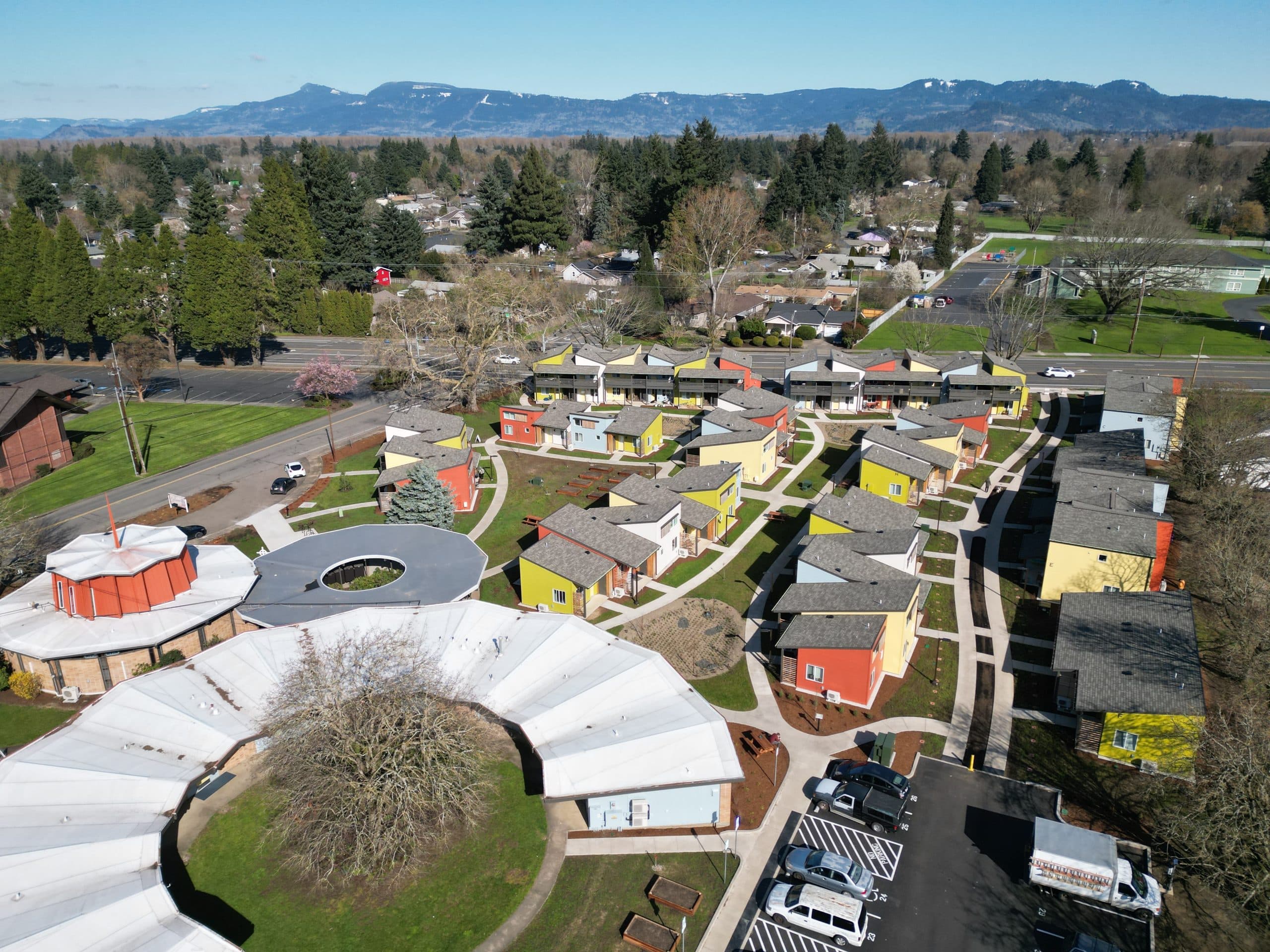
The two articles I read took different approaches. One, penned by Urbanophile’s Aaron Renn, argued that state governments need to target investments to the metros and to bring outlying rural areas into their orbits. What many states have been doing instead is spreading limited resources from urban areas into rural areas, regardless of whether the latter have shown signs that they can return tangible benefits from these investments.
Renn says:
“Realistically, most of these small industrial cities and rural areas are not positioned to go it alone and they shouldn’t be supported by the state in attempting to do so. They need to align with a winning team.”
The winning team in Renn's case would be Indianapolis, capital of his home state of Indiana and a relatively prosperous mid-sized city, or maybe Bloomington, home of a big state university which draws lots of research dollars and young families.
The other article responds that it’s unrealistic to expect this strategy to succeed, given the trends of persistent long-term unemployment and deep-rooted poverty in many rural locales. Instead, the latter author says, rural areas should pursue a policy of “sustainable subsistence.”
Timothy Collins writes:
“Let’s banish the notion of global competitiveness as the primary goal for rural areas and communities. Let’s focus on capacity building and improving the quality of life. We need to create jobs with adequate pay for bountiful, but sustainable subsistence. We need to consider the crucial importance of reversing environmental damage and building small, manageable, and sustainable communities.”
The term subsistence makes me think of raising your own food, as opposed to buying food imported from elsewhere. Taken to its logical conclusion, it would also mean providing your own electricity rather than relying on the grid, and perhaps sharing resources such as vehicles and retail/office space cooperatively to minimize costs. Obviously there are examples of these practices going on now in some rural communities. But the author seems to say this should be a widespread approach because the never-ending strategy to draw outsiders to invest in isolated rural places has proven to be a loser. What ends up happening is rural areas get stuck with low-wage jobs in call centers and such, and they don't really get a leg up on the economic ladder.
Closer to where I live, in Virginia, a town planning commissioner wrote an editorial in the local daily paper bemoaning the lack of incentives for young people to stay in his community. He suggests the town should “steal” the young from its more rural neighbors. Interestingly, this is a town that until a recent spurt of growth had less than 10,000 residents, and it’s surrounded by cattle pastures and corn and soybean fields. So the competition between communities for pieces of the economic pie is hardly limited to big cities vs. rural counties. Rural places feel they have to outflank their rural neighbors, too.
But what is the purpose of such competition, especially when the returns aren’t ever that impressive? Wouldn’t it be better, as Collins says, for rural towns and counties to build their own future instead, independent of each other’s fates? Is that even realistic in such an interdependent economy?
(A greenhouse in the Twin Oaks Community. Photo courtesy of Twin Oaks.)





I’ve been hearing about the death of rural America for decades. There are towns that will not survive, but my experience shows that the slow death can be avoided with leadership and community investment, but also needs help from the appropriate sources. In the late 90’s I started looking for rural economic development programs that seemed to work. Realizing that neither Superman or Toyota was going to save you it was obvious that incremental programs would work best and maybe that would create the opportunity for a toyota-like investment.
Here are some that I thought produced great success:
The first was the Iowa Main Street Program (MS) which it turned out was an affliate of the National Main Street Center and includes roughly 1000 communities most of which are rural and generally supported by a state level coordinator. The tricks are that a community is accepted only if they are making an appropriate level of progress on their own and need the boost from a disciplined program. The community is required to 1) hire staff as volunteers cannot do everything, everyday; 2) create strategic plans 3) have annual work plans. The program creates accountability, investment and incremental success. In Iowa a second program provides assistance to help towns get started on leadership and investment and some of those end up in the MS program.
The second program is Home Town Competitivness (HTC) out of Lincoln, NE. This is more of a beginners program at least on day 1, but is easily adapted as a long term on-going strategy. As MS has a four point approach HTC used a Pillars of success approach. One group informed me that the end value was that the community learned how to access resources both within and outside of the community that they would probably never have approached without a new way of thinking.
There are others but the successful ones all seem to follow these themes: 1) leadership training 2) community investment- some of which is a risky proposition-some, maybe even most, of which is raised locally 3) the discipline and accountability, of reporting to someone outside the community on your progress; 4) hiring staff, 5) a network of other people doing the same thing— (MS has an annual conference that attracts around 1000-1500 people). 6) a continous learning process —leads to being able to compete for funds and get community buy-in including investment
I am part of a volunteer CED society on a fairly remote island and am interested in learning more about the economic success stories of small rural communities. In recent years, the principal economic activity here has increasing become tourism. The ever growing seasonal influx of tourists is beginning to have severe negative effects on both the environment and the community. We would love to put forth some alternate ideas for discussion by the community.
The first project we have begun work on is upgrading our inadequate internet service as a number of young people, recently arrived from the city due to the pandemic, need faster service to be able to stay here and work.
Thanks for pointing us towards examples of small communities with sustainable economies.